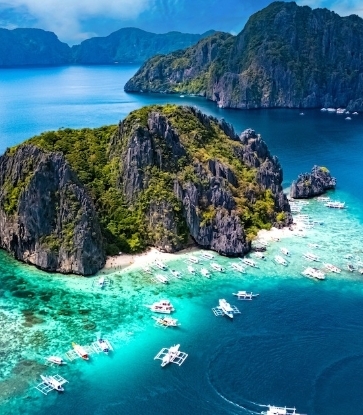Architect Hyunjoon Yoo once likened Busan to “a mix between Hong Kong and Waikiki,” pointing to its vibrant alleyways and sand-lined waterfront. A dense skyline of towers and overpasses rises just behind long beaches and rocky coves; between them is a dynamic creative scene — galleries perched on hillsides, former villas reborn as cafés and concept shops, and temples that face the open sea.
The first MICHELIN Guide selection for Busan was unveiled in February 2024, marking the South Korean city’s official entry onto the global gourmet map. According to the Busan Metropolitan Government, the South Korean city drew almost 2.93 million foreign visitors in 2024 — a 60% leap from the previous year — and by mid-2025 it had already welcomed over 2 million international guests, putting it on track to surpass 3 million by year’s end.
Looking ahead, the 2026 Busan Biennale, slated for September, promises fresh exhibitions and international energy — a timely moment for design-minded travelers to see the coastal city not just as a summer beach destination, but as a serious stop on the contemporary-art circuit.
This two-day itinerary begins at a lofty vantage point above Haeundae Beach and concludes near a harbor. Across 48 hours, you’ll discover why Busan feels, in the best way, like Hawaii and Hong Kong at once.
READ MORE: Illuminated by Fireworks: Busan Through the Eyes of Architect Hyunjoon Yoo
MICHELIN-Selected Restaurants and Hotels in Busan

Day 1 – Gallery-hopping and architecture-gazing by the coast
Morning
Begin the day at SIGNIEL Busan, one of Korea’s first Two-MICHELIN-Key properties. Set within the city's tallest building, the hotel’s clean architectural lines, warm materials and floor-to-ceiling windows are designed to draw the eye outward — to the beach curving below and the tidal shimmer at the horizon. The result is a contemporary retreat where ocean and skyline stay constantly within view.
From this elevated base, slip out to Haeundae Beach for a breath of sea air before following the gentle incline up Dalmaji Hill. At the top sits Johyun Gallery — a crisp white-cube space devoted to contemporary art, its positioning making the exhibition and the seascape feel like a single, extended composition.
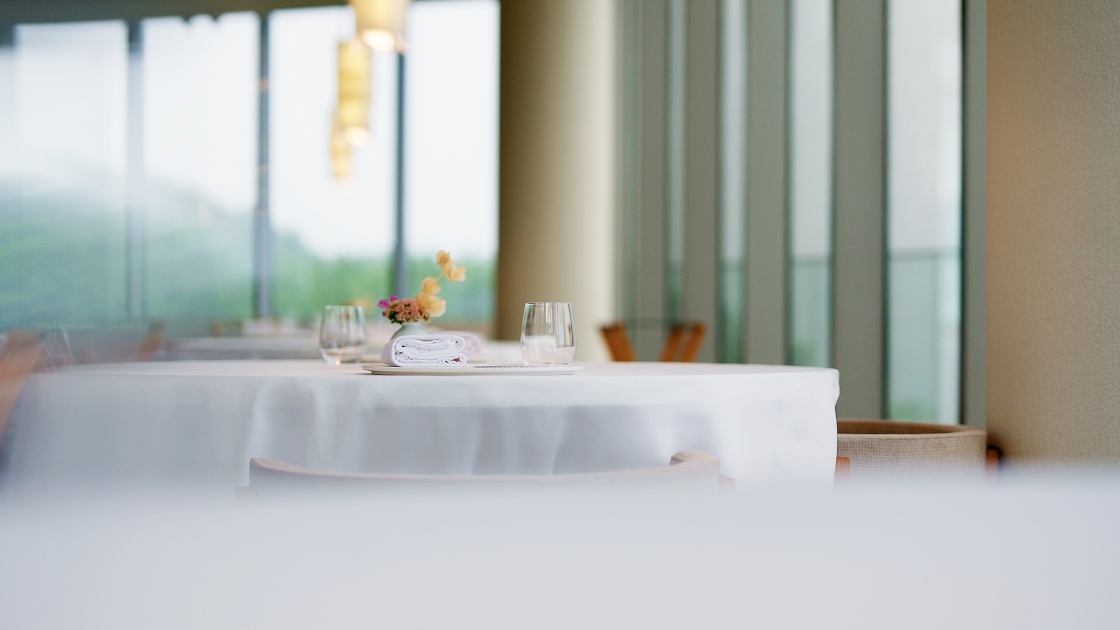
Lunch and afternoon
Lunch comes with an excellent view, too. Palate, awarded One MICHELIN Star, presents French-inspired contemporary cuisine — refined but not fussy — alongside thoughtful champagne pairings that echo the restaurant’s focus on fermentation and coastal terroir.After the meal, head downstairs to Carin Gallery, located within the same building, which blends art and design retail with the sensibility of a micro-gallery. Then step next door to Movement Lab, a furniture-and-design space that regularly shifts into thematic exhibitions — a compact but rewarding detour for design lovers.

Alternatively, Fiotto offers a different culinary point of view — a One MICHELIN Star restaurant and member of the Green Star community where seasonal produce is brought to life in a serene, minimalist dining room. The house-made kombuchas and carefully curated natural wines are part of the experience, extending the kitchen’s interest in fermentation and locality.
The concept store Ecke, in the same building, continues that creative spirit through curated interior objects and art-driven décor.
READ MORE: Green Star in Action: A Behind-the-Scenes Look at Fiotto
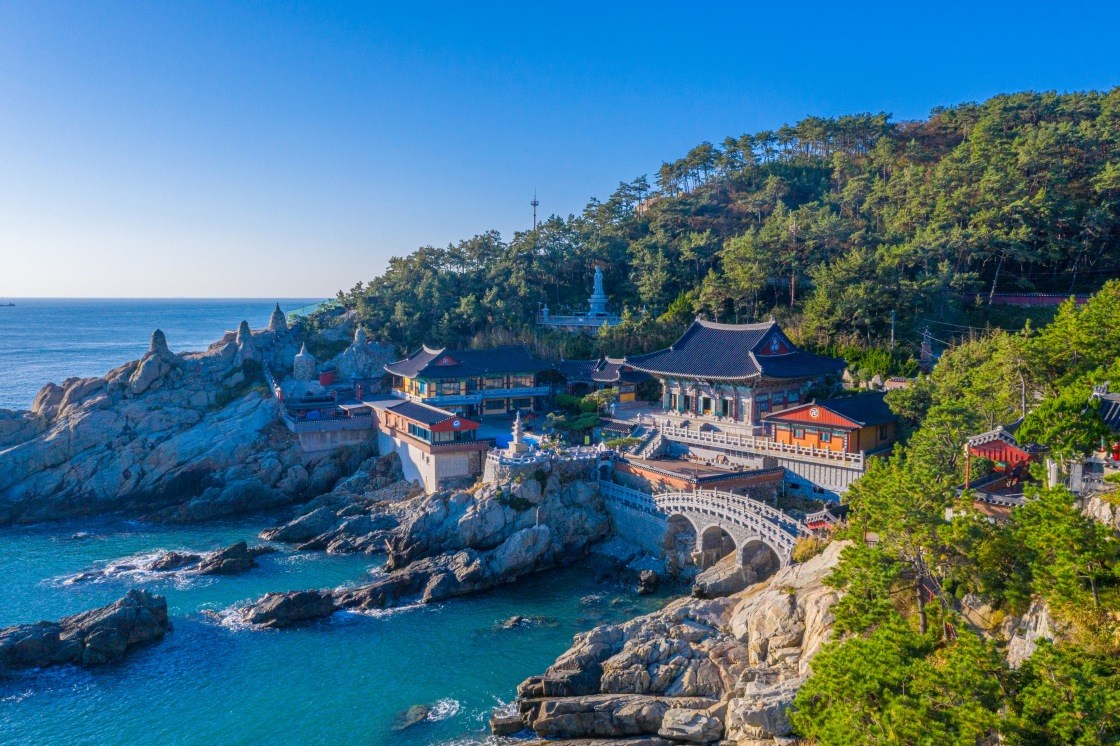
Continue gallery-hopping along Dalmaji Hill, where close to 20 art spaces — together with scenic cafés and independent shops — dot the cliffside road.
Or take a short taxi ride east along the coast to Haedong Yonggungsa Temple — a Buddhist temple dating back to 1376 that uniquely faces the sea. Visitors descend 108 stone steps, leaving behind everyday noise to discover a main hall poised above black rock, its deep eaves braced against sea winds. It’s a rare moment where traditional Korean architecture and ocean move in parallel rhythm.
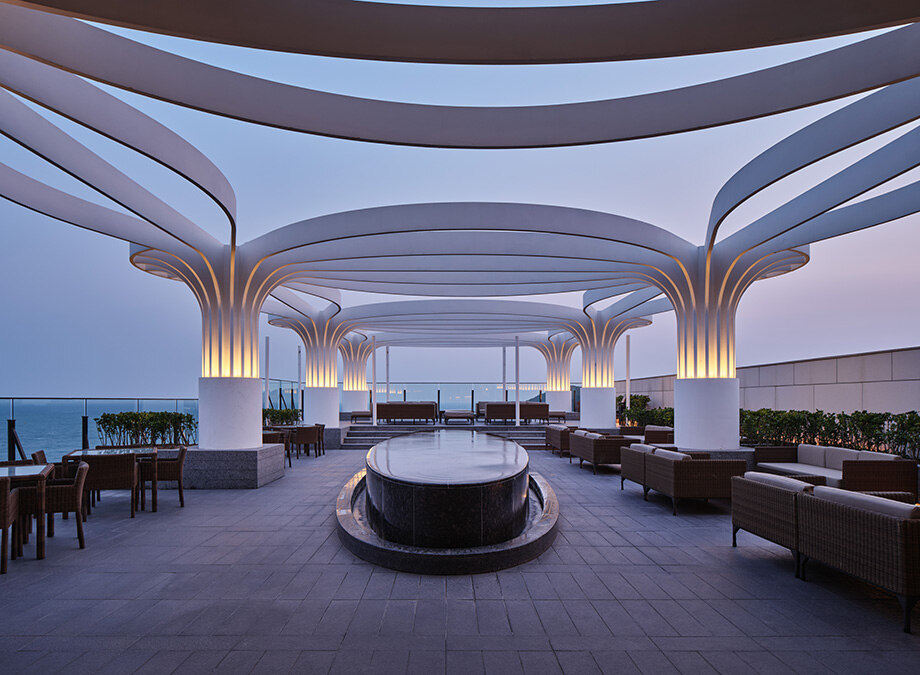
Dinner and late evening
As the sun begins to sink, continue a little farther along the shoreline to Ananti at Busan Cove, a MICHELIN-selected luxury retreat whose low-slung, zen-oriented architecture fits seamlessly with the surrounding cliffs. The property is home to a full bookstore-style library, a multi-brand concept store and even a boutique grocery — each curated with the kind of taste that rewards slow browsing. The top-floor grill and bar is best visited at sunset as the sea glows copper.
Day 2 — Exploring heritage spaces and contemporary culture
Morning
Ease into the day at SIGNIEL’s spa, where treatment rooms look to the horizon — or check out and move to Park Hyatt Busan, a MICHELIN–selected hotel designed by arthitect Daniel Libeskind that leans gracefully into the curves of the harbor. Its sculptural glass façade echoes Gwangan Bridge’s arc, and inside, elegant lines and warm woods balance floor-to-ceiling views of the marina.From the Park Hyatt, step outside to Dongbaek Island, a peaceful path on a wooded peninsula that joins sea and skyline in a single frame. You’ll encounter the Nurimaru APEC House, the 2005 summit venue turned public pavilion, its white pavilion-style architecture standing among pine and camellia trees overlooking sea and sky. Nearby sits the bronze Princess Hwangok Mermaid Statue, a wistful figure gazing toward the open waters — a local emblem of longing, legend and coastal memory. Stop by The Westin Josun Busan, a MICHELIN-selected hotel with a lounge overlooking the sea — an inviting stop for coffee by the water.
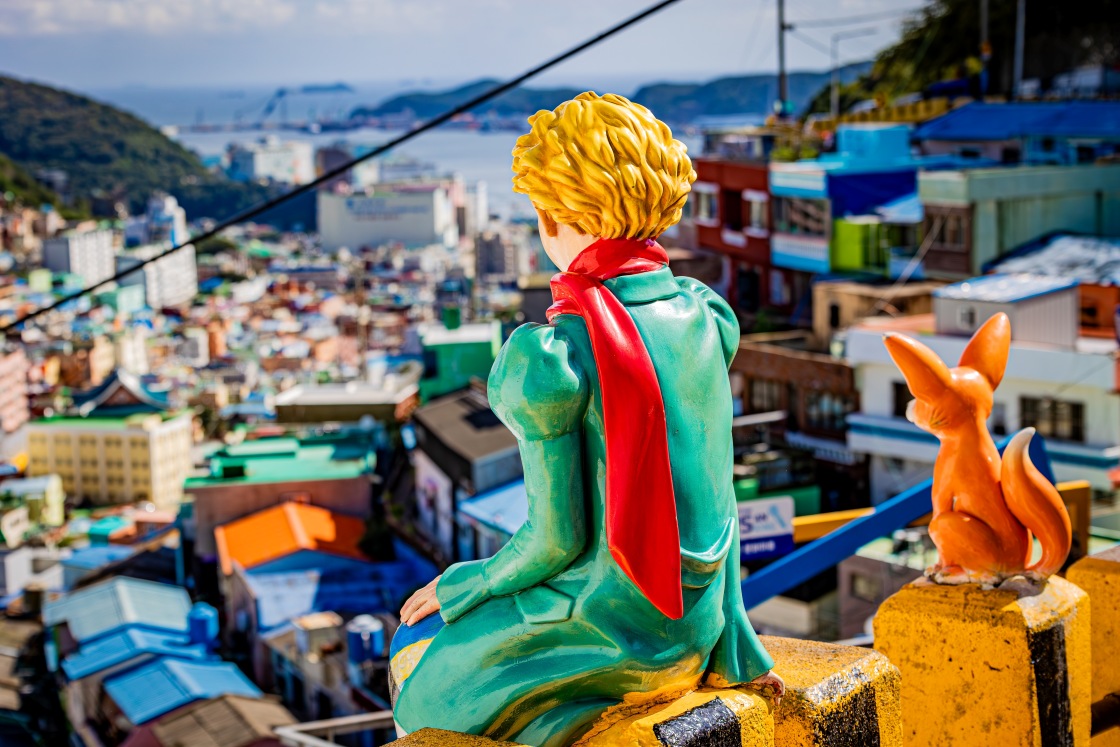
Alternatively, for those drawn to more vibrant and lived-in urban textures, take a 30-minute cab ride inland to Gamcheon Culture Village. Once a modest hillside neighborhood — a Korean-style Santorini — the area has been dramatically revived with colorful murals, public art installations and narrow alleyways hosting pocket galleries beneath stacked pastel rooftops. It’s a living patchwork of spontaneous creativity — gritty in origin and joyous in rebirth.
Whichever route you choose, the morning captures Busan’s dual identity: coastal calm and urban resurrection, sea breeze and cityscape art.
READ MORE: Photographer Kim Yongho's Busan is Timeless, Diverse, and Nostalgic
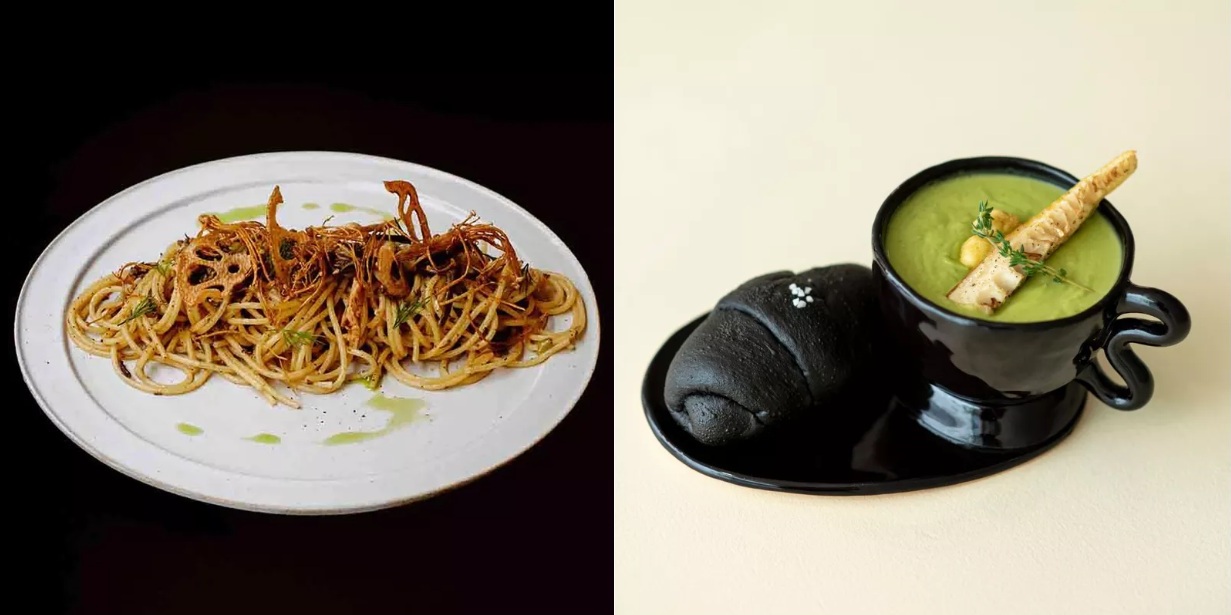
Lunch and afternoon
For a refined midday break, MICHELIN-selected Chef Gon offers European-leaning cuisine guided by seasonal seafood from nearby Jagalchi Market, where bright flavors and simple plating form an honest reflection of Busan’s coastal palate. A plant-based alternative awaits at ARP, a MICHELIN Bib Gourmand vegan spot grounded in fermentation and vegetables — quiet, modern and refreshing after a morning of sea air.Turn inland toward Ochoryang, a Japanese-era residence recognized as Registered Cultural Property No. 349. Wood beams, tatami-like layouts and a hushed courtyard evoke a slower Busan — one that predates towers and highways. Once a modest colonial-era home, Ochoryang now channels its past into a platform for tea rituals, contemporary crafts and community culture.

A short ride leads to Momos Coffee Domoheon, a former official residence where hanok (Korean traditional house) curves and Western symmetry coexist. The café preserves structural imperfections — old plaster, exposed brick and sunlight pulling across floor tiles — transforming the building into a living archive. Baristas here draw coffee lovers from across the country, as Momos is widely considered to serve some of the city’s best brews. The venue also made a cameo in the beloved K-drama Reborn Rich (2022), boosting its pop-culture appeal.
Finish the afternoon at the Busan Museum of Art, a cornerstone of the city’s creative identity. Don’t miss Space Lee Ufan, the museum’s dedicated annex — a concrete-and-glass pavilion personally designed in collaboration with the artist, where Lee’s signature works of dansaekhwa (Korean monochrome) and minimalist sculpture exist in quiet dialogue with the surrounding landscape. For lovers of form, material and meditative space, it’s one of Busan’s most quietly powerful galleries.
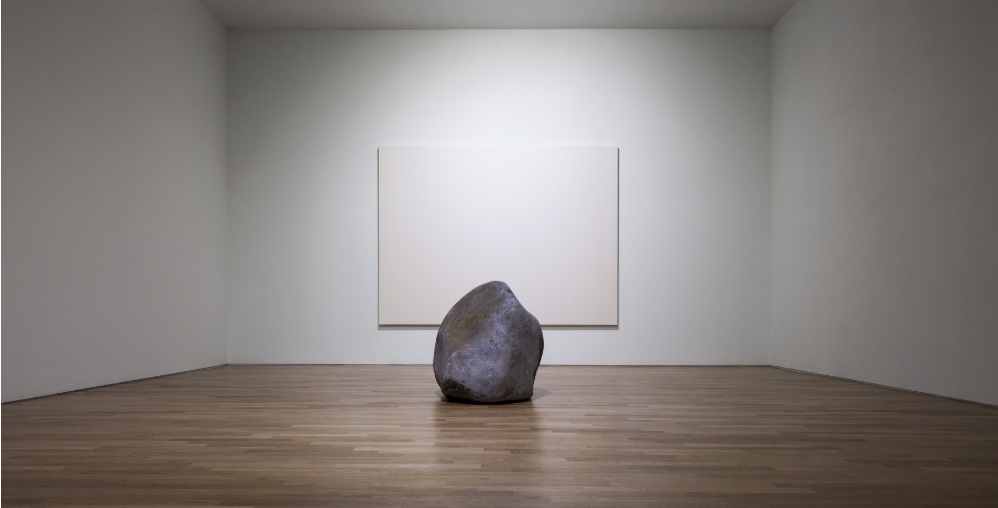
Evening
Your final night returns to elegance in Marine City. Michelin-selected Le Dorer offers a polished interpretation of contemporary cuisine with the sea as its quiet backdrop — a subtle crescendo to the day.Cap the night at Park Hyatt Busan’s sky lounge, a glass-encased aerie hovering over Gwangan Bridge. In the panorama below, currents, roads and architecture all converge — making it one of the best spots to enjoy the annual Busan Fireworks Festival and reminding you that Busan’s identity is defined by its movement between land and sea, heritage and modernity, the intimate and the grand.
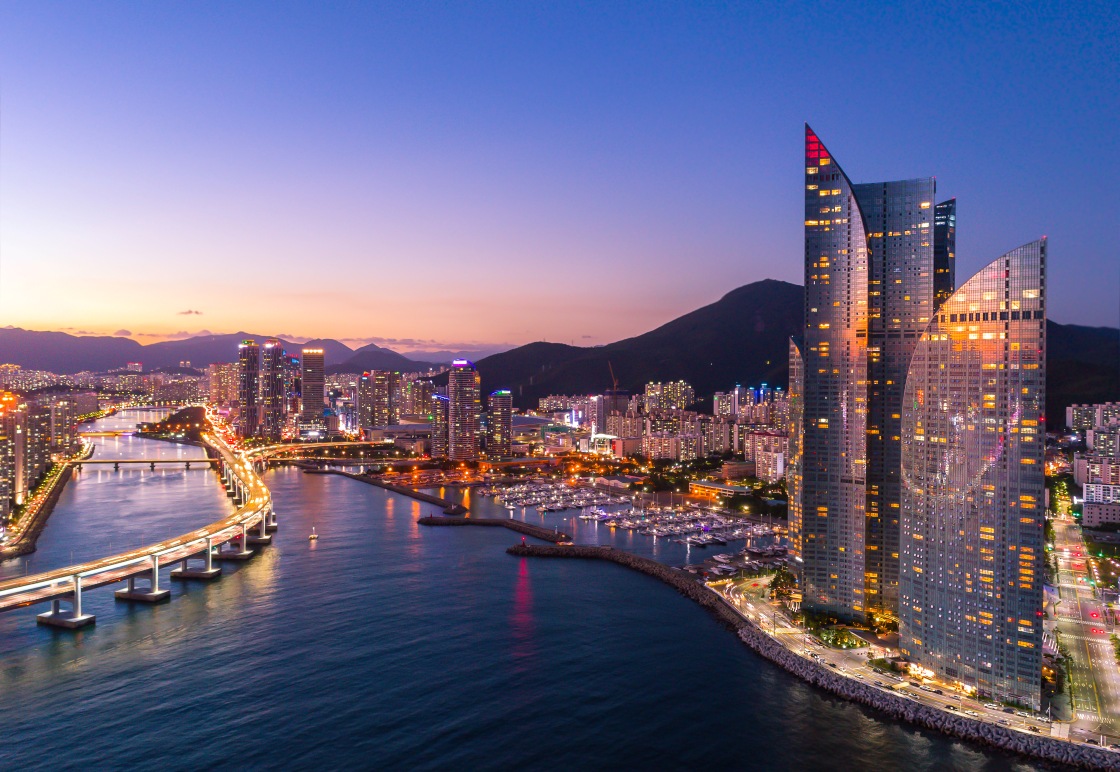
Hero image: Once a modest hillside settlement, Gamcheon Culture Village is now a vibrant maze of pastel facades, murals, and small galleries — a colorful testament to Busan’s community-led urban revival. © Artyooran/Shutterstock




